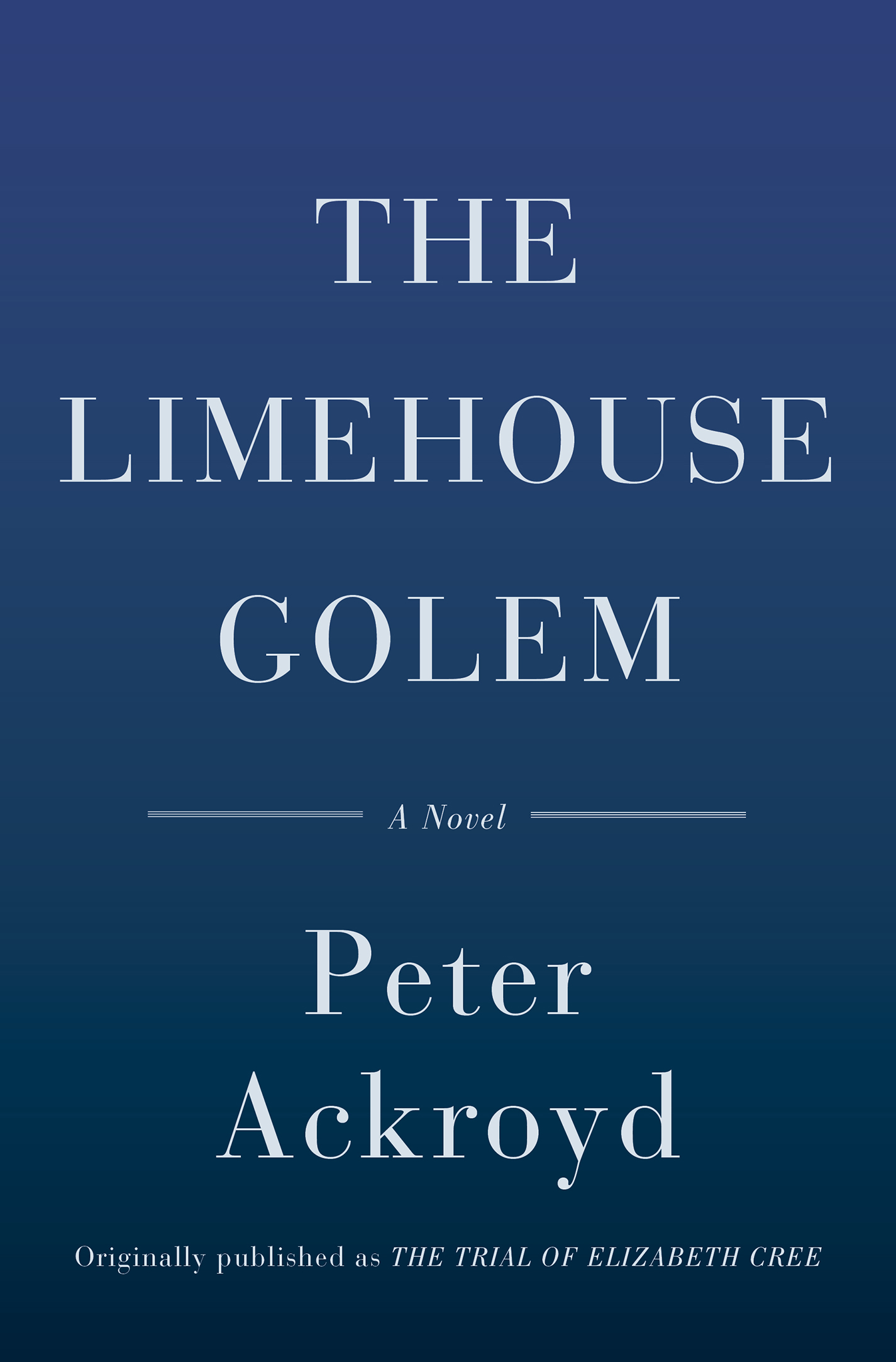
The Limehouse Golem
A Novel
- اطلاعات
- نقد و بررسی
- دیدگاه کاربران
نقد و بررسی

Starred review from April 3, 1995
The latest from Ackroyd (English Music) is a deft, if somewhat cerebral and cold-blooded, exercise in historical crime fiction set in a late-Victorian London teeming with intellectual activity, extreme poverty and all manner of sensational public spectacles. A blend of trial transcripts, first-person accounts and microscopic biographical studies of illustrious 19th-century lives, the story is an impressive feat of historical fidelity and fictional artistry. In a marvelous coda, Ackroyd even unites his protagonists in the audience of a theater, to watch a play based on the gruesome events of the novel. The story opens with the trial and execution of former music-hall actress Elizabeth Cree, convicted of poisoning her husband, John Cree, whose diary entries suggest that he is the ``Limehouse Golem,'' a serial killer stalking the squalid, smog-choked streets of London's Jewish district. Around these grisly deeds weave the intersecting paths of Ackroyd's nonfictional characters, including George Gissing, Karl Marx and popular theater star Dan Leno, who haunt the Reading Room of the British Museum and the chiarascuro streets of the city. The Golem's identity, in a not unexpected plot twist, is ultimately found among the protean personae of the theater world. Yet Ackroyd reminds us at every turn that his fictional whodunit enfolds a larger, unsolvable mystery, a mystery of London itself, and of the solace that its populace finds in popular spectacles of sensational crime and violence.

January 1, 1995
The acclaimed author of English Music (LJ 9/15/92) travels to 1880s London for the murder trial of a woman accused of poisoning her husband.

May 1, 1995
A decade before Jack the Ripper terrorized the citizens of London, a serial slasher with the unlikely name of "the Limehouse Golem" murdered his way through the theater district, and this novel--part mystery yarn, part character study--relates the killer's spree. Esteemed British novelist Ackroyd populates his book with larger-than-life characters: Dan Leno, the music-hall comedian known as the "funniest man alive"; Elizabeth Cree, towering, threatening, and in possession of a dark secret; and John Cree, entrepreneur, music-hall fan, and diarist; there are even cameo appearances by Kark Marx and writer George Gissing. Ackroyd tells the story in three different ways: in a third-person narrative, in the reminiscences of Elizabeth Cree, and in the horrifying diary of John Cree. Largely, "The Trial of Elizabeth Cree" is most notable for evoking the rollicking music-hall era (some of the song titles are priceless) of Victorian London. ((Reviewed May 01, 1995))(Reprinted with permission of Booklist, copyright 1995, American Library Association.)




دیدگاه کاربران